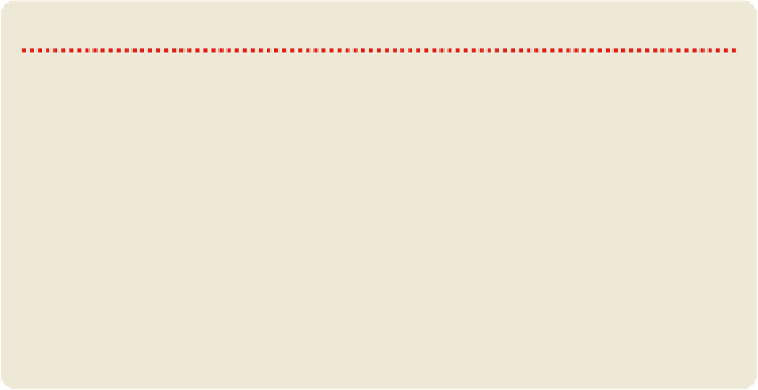Travel Reference
In-Depth Information
KAMPUNG BARU PAST & PRESENT
Worried about the declining number of Malay residents in the capital, the British set aside 224 hectares of land in
the late 1890s on what was then the outskirts of Kuala Lumpur as protected Malay agricultural land. Settlers were
encouraged to plant crops in this new village - Kampung Baru. In what seems like a miracle in 21st-century KL,
Kampung Baru continues to look very much like a Malay village - albeit minus the vegetable patches and rice
paddies. This also means that alongside well-maintained traditional wooden homes you also have unsightly
shanty shacks. Apart from Malays, immigrant Indonesians and Thai Muslims also live here.
With an estimated 4200 beneficiaries across 880 separate lots, overnight changes for Kampung Baru were nev-
er on the cards. In 2011 the government set up the Kampung Baru Development Corporation (KBDC) to help
manage the area's redevelopment by matching landowners with potential investors. Many local residents fought
against this move and remain suspicious of the government's overall intentions even though they recognise that
development is needed and will likely happen. It's easy to understand the residents' position when Khai Ibrahim,
a board member of KBDC, has said, 'There's never been a concrete plan for the development of Kampung Baru.'
In the meantime, Visit KL (
Click here
) at least is hoping that the area's distinct Malay traditional architecture
doesn't evaporate overnight: it has plans to start a guided walking tour of the area similar to the ones it also offers
around Merdeka Square and Brickfields.
Chow Kit & Kampung Baru
BAZAAR BARU CHOW KIT
(Chow Kit Market; 469-473 Jln TAR; 8am-9pm; monorail Chow Kit)
Middle- and upper-class KLites
give this chaotic wet market a wide berth but tourists and the less moneyed locals love it.
Apart from freshly butchered meat and filleted fish, there's a staggering array of weird
and wonderful tropical fruit and vegetables on sale here, as well as clothes, toys, buckets,
stationery, noodles, spices and other commodities. Pushing through the narrow aisles is a
heady sensory experience. It's also a great place to sample local hawker food and drinks.
MARKET
TATT KHALSA DIWAN GURDWARA
(24 Jln Raja Alang; monorail Chow Kit)
A short stroll east along Jln Raja Alang behind Bazaar
Baru Chow Kit brings you to the largest Sikh temple in Southeast Asia, spiritual home of
KL's 75,000 Sikhs. There's been a temple and school here since 1924 - the present build-
ing dates from the 1990s and is open to visitors.
SIKH TEMPLE
MASJID JAMEK KAMPUNG BARU
MOSQUE





